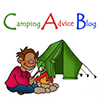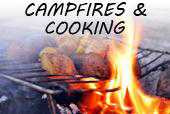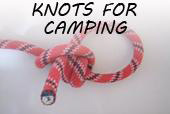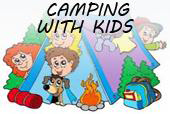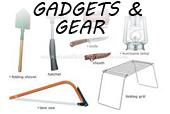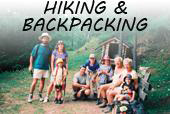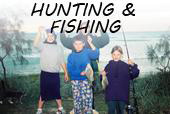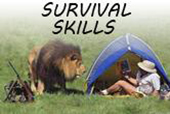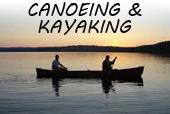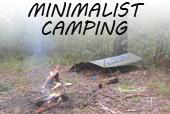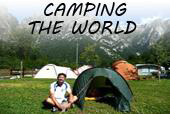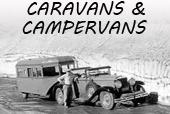Before venturing into the wilderness get prepared for the unexpected.
* Get avalanche certified and carry an avalanche shovel, beacon and probe if you are a winter backcountry enthusiast!
* Take a first aid course since accidents do occur.
* Always carry a survival kit.
For the general nature enthusiast, basic survival skills are included here to initiate an understanding of what needs to occur in a wilderness emergency. Keep in mind that YOU MUST REMAIN CALM when implementing these survival skills. A clear head will allow you to implement and plan for survival and rescue.
1. FIRE. It can provide warmth, keep predators away, purify water, cook food and signal rescuers. The best source for a fire is: a flint metal match with a wooden handle and a scraper; for tinder use cotton balls soaked in petroleum and stored in waterproof containers. Sort your firewood in a tepee form and place your emergency blanket behind you to reflect the heat.
2. SHELTER – a commercial trash bag with a hole cut out for your head is useful in protecting you from the elements. Always keep the closest layer to your body dry to insulate you from the elements. If you are stranded, find a quick natural shelter and wrap yourself in an emergency blanket.
3. SIGNALING with a whistle and a mirror. A whistle can carry further than a yell and a mirror can reflect up to 20 miles. A triangle of fires is a distress signal. Create smoke during the day to show distress. Spell out S.O.S. with organic materials.
4. FOOD/WATER. A person can survive up to three days without water and without food up to three weeks, although don’t plan for this. Always pack extra food bars high in carbs. Drink water in the cool of the evening. Collect water from rain in your emergency blanket. Never drink your urine. Boil water minimally for 10 minutes, if you can. Seek water out at all times.
5. FIRST AID KIT. Always carry a basic one.
NOTE: as an essential survival skill, see understanding a topographical map
Survival Skills Hot Tips
Survival Skill #1: Backcountry thunderstorm
Get out of your tent. It is safer to be crouched down on your sleeping pad then in your tent which can expose you to electrical ground currents. Also keep yourself distanced from other members in the group.
Survival Skill #2: Grizzly Bear Attack
No pepper spray? If a grizzly bear is attacking do not RUN. Immediately lay down on the ground face down, spread eagle and protect your neck and heart.
Survival Skill #3 Mountain Lion Attack
If the mountain lion has not attacked look tall and yell. DO NOT RUN. If it attacks, fight for your life using pepper spray, knife or anything you can find to gouge its eyes. Never hike alone.
Survival Skill #4 Caught in an avalanche?
Try to keep an arm above the snow level to show visibility. If not possible, keep your hands near your mouth to create an air pocket. Spit outside of your mouth to tell which direction you are facing.
Survival Skill #5 Lost
Stay put. Despite popular beliefs do not follow streams. They usually lead to waterfalls, not civilization.
Survival skills combined with survival gear can ensure a safe enjoyable wilderness experience.
